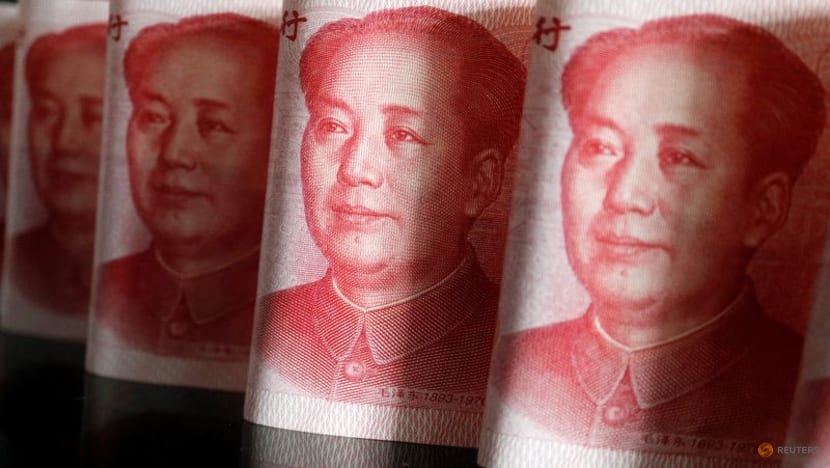Outflows under China's Bond Connect jump as US dollar surges
24 September, 2022

Chinese investors are boosting investment in offshore bonds as the U.S. dollar surges and U.S. interest rates rise sharply, latest data shows, deepening capital flow fears and adding pressure on the sinking yuan.
China's outbound investment under the cross-border Bond Connect scheme totalled 301.5 billion yuan ($42.31 billion) at the end of August, up 34 per cent from a month ago, the Shanghai Clearing House said late on Friday.
The southbound link of the scheme allows mainland Chinese to buy tradable bonds in Hong Kong, regardless of their currency, and such investment has grown rapidly every month since March, when holdings totalled just 15.9 billion yuan, or 5 per cent of the current size.
The growing Chinese appetite for offshore bonds comes as diverging monetary policies widen interest rate differentials between China and the United States. The spread between 10-year U.S. and Chinese treasuries has exceeded 100 basis points - the biggest gap in 15 years - as the Federal Reserve raises rates to combat inflation, while the People's Bank of China eases policy to bolster its economy.
Hong Kong's monetary policy moves in lock-step with that of the United States as the city's currency is pegged to the U.S. dollar.
China's surging outbound debt investment, coupled with cooling foreign interest in Chinese onshore bonds, threatens to worsen capital markets outflows.
Overseas investors reduced holdings of Chinese bonds for a seventh consecutive month in August, while China suffered a capital and financial account deficit of $80.2 billion at the end of June, according to the latest official data.
Increasing outflows threaten to pile fresh deprecation pressure on the yuan, which has lost nearly 11 per cent against the dollar, easing to a near 28-month low.
The dollar index hit a 20-year high as the market braced for more U.S. rate rises ahead.
China may need to cut banks' required reserve ratio (RRR) in the fourth quarter to keep liquidity ample, the official China Securities Journal reported on Saturday, citing economists.
Source: www.channelnewsasia.com
TAG(s):
